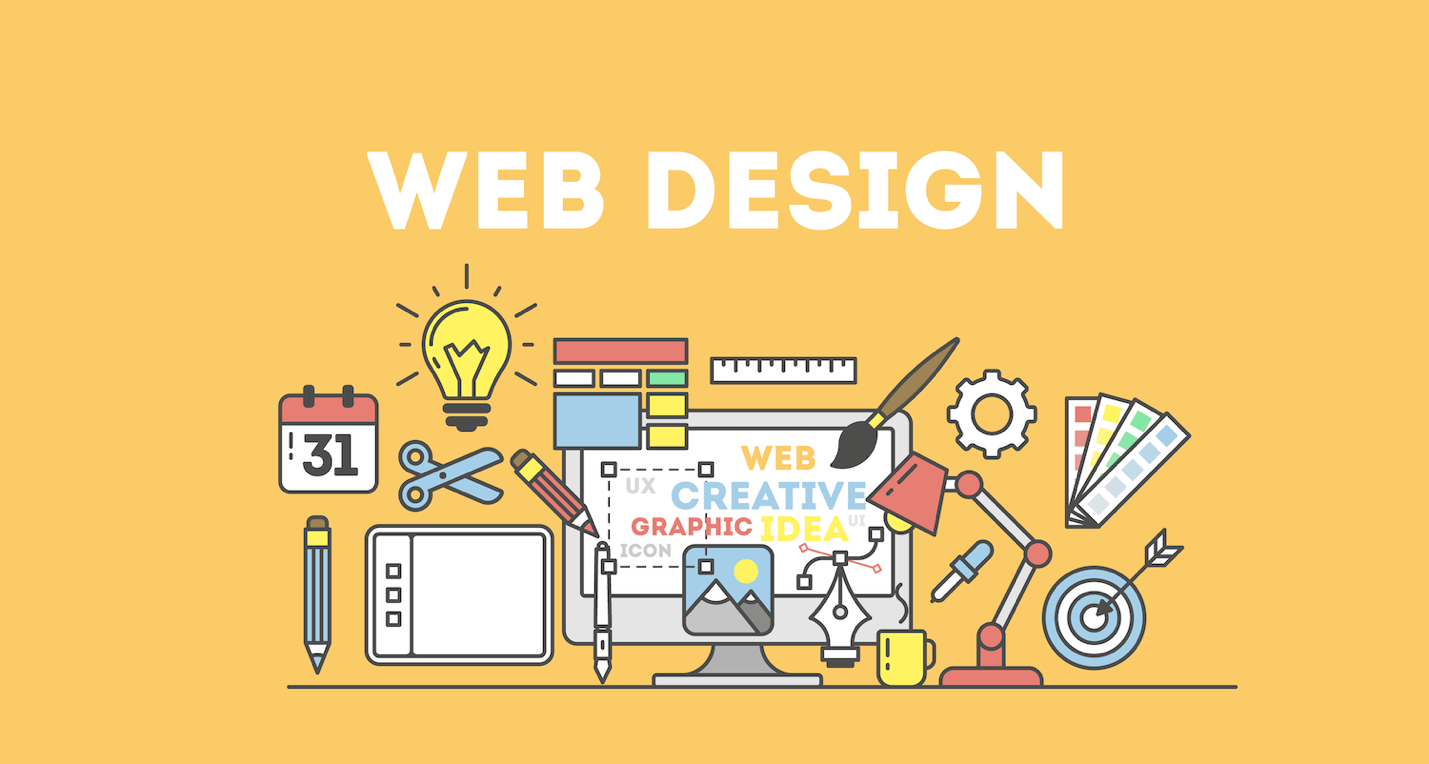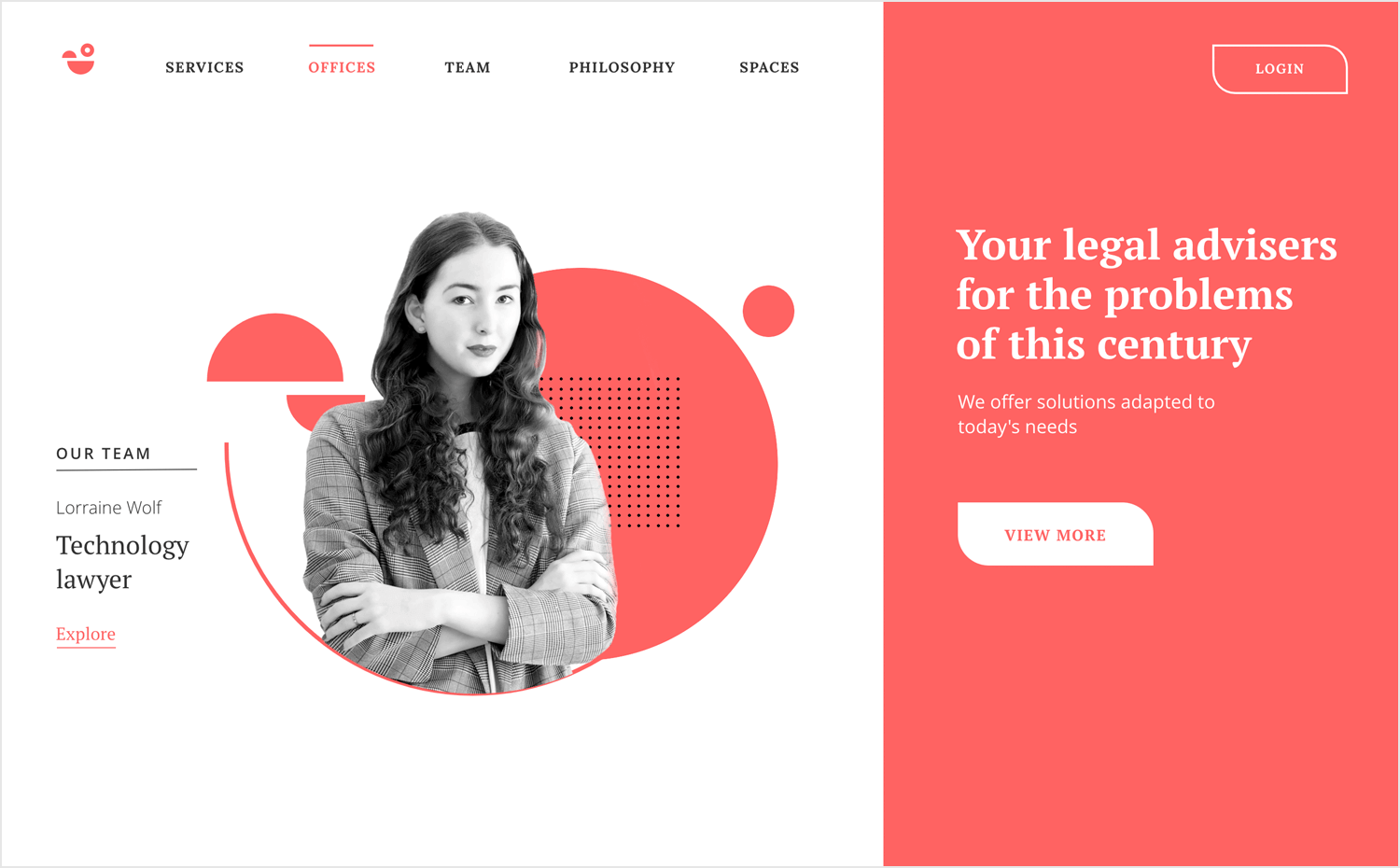Top Resources for Discovering Advanced Website Design Techniques
Top Resources for Discovering Advanced Website Design Techniques
Blog Article
The Power of User-Centered Website Layout in Growing Your Online Target Market
Reliable style principles-- such as intuitive navigating and availability-- are necessary in fostering user satisfaction and loyalty. What techniques can organizations adopt to guarantee their designs resonate with individuals and ultimately drive growth?

Comprehending User-Centered Layout
User-Centered Style (UCD) is an essential technique to web site growth that focuses on the requirements, preferences, and behaviors of end individuals throughout the layout procedure. This method emphasizes understanding customers deeply-- through research study techniques such as interviews, studies, and functionality testing-- to develop a web site that reverberates with them. By including individual comments at every phase, developers can guarantee that the last product lines up carefully with customer expectations.
UCD promotes iterative design, where models are evaluated and refined based upon customer communications and experiences. This cycle not only enhances usability however likewise cultivates a feeling of ownership amongst users, as they feel their input is valued and impactful. Additionally, UCD aids determine potential barriers and discomfort factors in the individual journey, permitting designers to attend to these obstacles proactively.
Eventually, accepting UCD brings about internet sites that are extra intuitive, engaging, and efficient. By placing individuals at the facility of the layout process, companies can develop digital experiences that not just attract however likewise maintain their target audience, driving greater fulfillment and commitment. In an affordable online landscape, this method is crucial for achieving sustained success.
Secret Principles of Individual Experience
A successful user experience (UX) depends upon a number of key concepts that lead the design process and boost interaction between customers and the internet site. Use is paramount; the website needs to be user-friendly, enabling users to browse conveniently and discover details swiftly. This consists of clear labeling and a rational structure that lessens cognitive load.
Secondly, ease of access plays a crucial role in making certain that all customers, despite their specials needs or abilities, can effectively engage with the web site. Integrating alt text for images, key-board navigating, and display visitor compatibility fosters inclusivity.
Uniformity is another necessary concept. A cohesive style language, from color design to typography, aids users construct experience and count on with the web site (Website Design). It additionally enhances brand identity
Furthermore, comments mechanisms are important. Individuals need to receive instant and clear actions to their actions, whether with visual hints or verification messages, which enhances their confidence in browsing the website.
Lastly, mobile responsiveness can not be neglected. With a raising variety of users accessing websites by means of mobile phones, a design that adapts perfectly to various display dimensions is vital for keeping a positive individual experience.

Advantages for Online Involvement
Efficient online engagement supplies many advantages that can significantly improve a web site's overall performance - Website Design. By cultivating purposeful communications between users and the site, organizations can grow a devoted audience that returns with uniformity. Engaged individuals are most likely to share content, therefore boosting organic reach and attracting new site visitors through word-of-mouth promotion
Boosted online involvement likewise causes boosted user fulfillment. When users find an internet site that resonates with their needs, they are extra likely to discover its offerings extensively, which can bring about greater conversion rates. In addition, engaging material motivates individuals to spend even more time on the site, lowering bounce prices and favorably affecting internet search engine ranking algorithms.
Furthermore, effective interaction gives important understandings into individual preferences and behaviors (Website Design). By evaluating user interactions, organizations can tailor their material and style techniques to satisfy the advancing expectations of their target market. This flexible approach not only enhances interaction yet also reinforces the brand's track record as receptive and user-centric
Eventually, focusing on on the internet involvement via user-centered style develops a growing ecological community where both the target market and the company benefit, causing continual growth and success in the digital landscape.

Methods for Efficient Style
To make the most of the benefits of online interaction, utilizing certain strategies in internet site layout is paramount. First, intuitive navigation is essential; users should easily discover details without confusion. A well-structured food selection, clear tags, and a sensible power structure improve the customer experience get redirected here and lower bounce prices.
2nd, responsive design is essential in today's multi-device environment. Ensuring that an internet site adjusts effortlessly to different screen dimensions cultivates availability, consequently fitting a more comprehensive target market. This versatility not only boosts customer fulfillment however also favorably impacts online search engine positions.
Third, the usage of visual hierarchy overviews users' focus to essential elements, such as phone call to action (CTAs) Using contrasting colors, varying font dimensions, and strategic spacing can properly route individuals towards preferred actions, assisting in greater communication.
Additionally, applying constant branding throughout all pages develops trust and acknowledgment. A cohesive color system, images, and typography strengthen brand identification and create an expert look.
Finally, optimizing loading rates is vital. Customers are less likely to involve with a slow-loading website, making performance optimization an important aspect of efficient layout. By incorporating these methods, internet site creators can improve customer experience and inevitably grow their on the internet target market.
Real-World Success Stories
Success tales in user-centered internet site layout highlight the substantial advantages of focusing on customer experience. As an outcome, they experienced a 250% rise in on-line contributions, showing exactly how an user-friendly style can drive individual interaction and support.
Another compelling case is that of Airbnb, which utilized user-centered design principles to boost their reservation procedure. By streamlining the user trip and incorporating personalized recommendations, they considerably decreased site abandonment rates. This focus on customer experience added to an earnings development of over 70% in a single year, underscoring the correlation in between properly designed user interfaces and monetary success.
Moreover, the ecommerce giant, ASOS, applied customer testing to fine-tune their mobile app. By attending to individual pain factors, they attained an exceptional 30% boost in mobile sales. These examples highlight that spending in user-centered style not only enhances customer contentment yet likewise drives concrete business outcomes, strengthening the vital role of customer experience in accomplishing on the internet address development.
Conclusion
By prioritizing individual needs and preferences, companies can develop user-friendly and accessible digital experiences that cultivate commitment and drive conversions. The integration of user feedback throughout the design process not only reduces bounce rates but also urges expedition.
User-Centered Layout (UCD) is a basic strategy to see internet site growth that focuses on the demands, choices, and habits of end individuals throughout the design process. By incorporating customer responses at every phase, developers can make sure that the final product aligns very closely with individual expectations.
A successful customer experience (UX) pivots on a number of essential principles that guide the layout procedure and improve interaction in between customers and the web site.Success stories in user-centered website layout show the tangible advantages of focusing on customer experience. These examples highlight that spending in user-centered style not only enhances customer satisfaction yet likewise drives tangible organization outcomes, strengthening the important function of individual experience in achieving on-line development.
Report this page